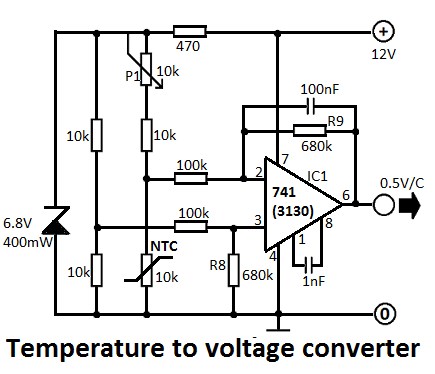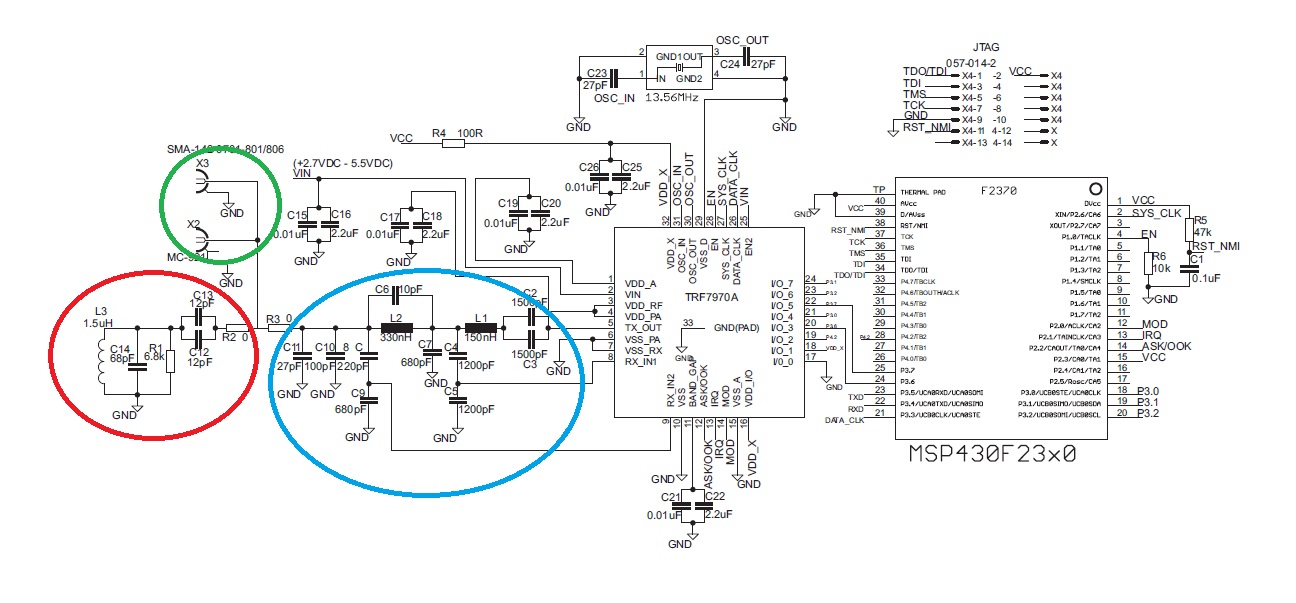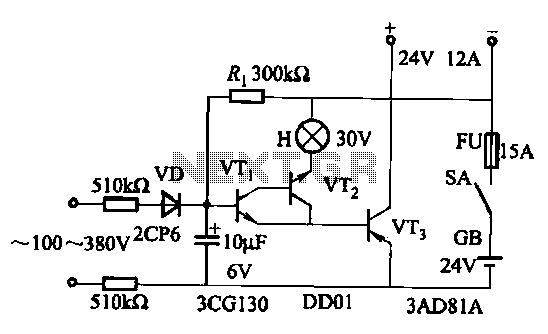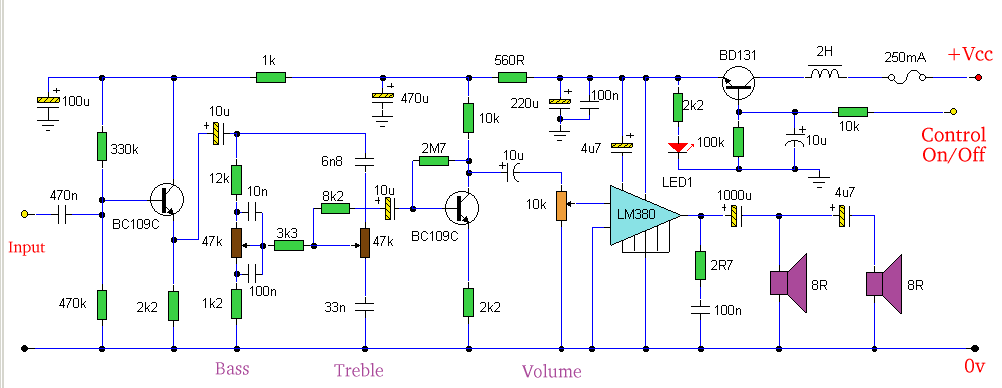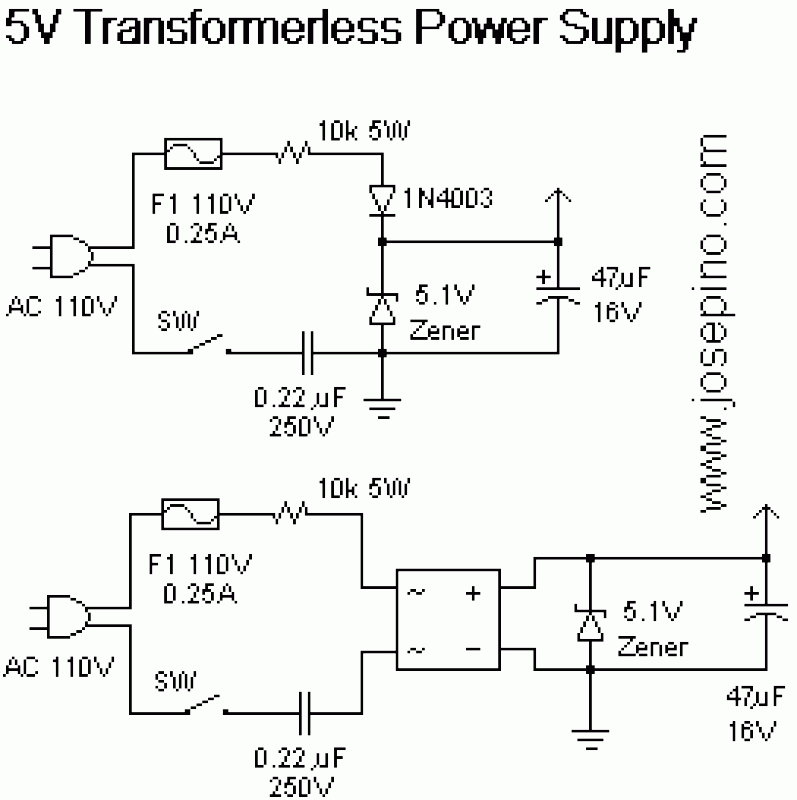
Variable Power Supply 1.2-55 Volt Uses Switching Technology for High Efficiency
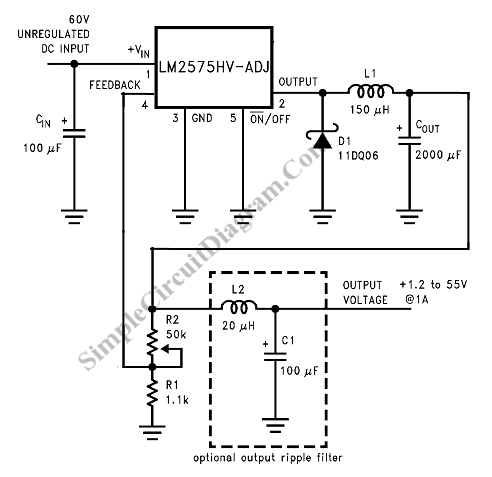
Designing a wide-range variable power supply using a linear regulator is straightforward; however, it suffers from poor efficiency when regulating a constant 60-volt source.
A wide-range variable power supply can be implemented using a linear regulator, which allows for adjustable output voltage levels. However, when tasked with regulating a high input voltage, such as a constant 60 volts, the efficiency of linear regulators can significantly decrease. This inefficiency arises from the inherent nature of linear regulation, where the excess voltage is dissipated as heat rather than being converted into usable output power.
To mitigate these efficiency losses, it is advisable to consider a switch-mode power supply (SMPS) as an alternative for high-voltage applications. SMPS designs, such as buck converters, can provide greater efficiency by converting input voltage to a desired output voltage with minimal power loss. This is accomplished through the use of high-frequency switching elements and energy storage components like inductors and capacitors, which allow for better thermal management and reduced heat generation.
In designing a power supply that can handle a 60-volt input, it is essential to select components rated for the appropriate voltage and current levels. The choice of the linear regulator must also consider its thermal characteristics and the need for adequate heat sinking to prevent thermal shutdown. Additionally, implementing feedback control mechanisms can help maintain output voltage stability despite variations in load conditions.
In summary, while a linear regulator can serve as a simple solution for a variable power supply, its use in high-voltage applications, such as a 60-volt source, presents challenges in terms of efficiency. Exploring alternative designs like switch-mode power supplies may yield better performance and reliability in such scenarios.Designing wide range variable power supply using linear regulator is easy, but suffer terrible efficiency when it should regulate 60 Volt constant source .. 🔗 External reference
A wide-range variable power supply can be implemented using a linear regulator, which allows for adjustable output voltage levels. However, when tasked with regulating a high input voltage, such as a constant 60 volts, the efficiency of linear regulators can significantly decrease. This inefficiency arises from the inherent nature of linear regulation, where the excess voltage is dissipated as heat rather than being converted into usable output power.
To mitigate these efficiency losses, it is advisable to consider a switch-mode power supply (SMPS) as an alternative for high-voltage applications. SMPS designs, such as buck converters, can provide greater efficiency by converting input voltage to a desired output voltage with minimal power loss. This is accomplished through the use of high-frequency switching elements and energy storage components like inductors and capacitors, which allow for better thermal management and reduced heat generation.
In designing a power supply that can handle a 60-volt input, it is essential to select components rated for the appropriate voltage and current levels. The choice of the linear regulator must also consider its thermal characteristics and the need for adequate heat sinking to prevent thermal shutdown. Additionally, implementing feedback control mechanisms can help maintain output voltage stability despite variations in load conditions.
In summary, while a linear regulator can serve as a simple solution for a variable power supply, its use in high-voltage applications, such as a 60-volt source, presents challenges in terms of efficiency. Exploring alternative designs like switch-mode power supplies may yield better performance and reliability in such scenarios.Designing wide range variable power supply using linear regulator is easy, but suffer terrible efficiency when it should regulate 60 Volt constant source .. 🔗 External reference

